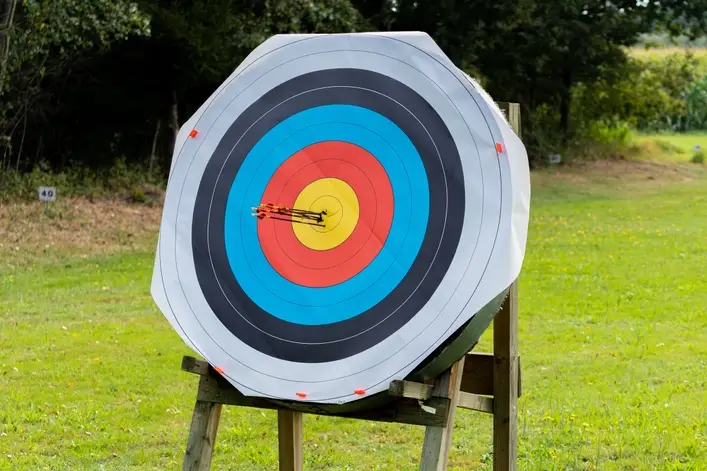
Hurricanes aren’t just bad weather — they’re ocean-born siege engines, spinning walls of wind and water that can erase coastlines, level towns, and keep you in the dark for weeks.
Fueled by warm seas and organized chaos, they’re nature’s most efficient demolition crews. And traders on prediction market Kalshi thing there’s a good (38%) chance a category 5 develops by mid-September.
And when one’s aiming for you, you don’t “ride it out” — you plan, prep, and move.
The Basics

A hurricane is a tropical cyclone — a rotating storm system born over warm ocean waters. It graduates to “hurricane” status when sustained winds hit 74 mph. Below that? It’s just training for the big leagues.
Where They’re Born

Most in the Atlantic start as tropical waves rolling off Africa. They need warm water (at least 80°F), humid air, and low wind shear to get going. Hurricane season runs June 1 to November 30, but the peak hits in late summer when the ocean’s like bathwater.
Anatomy of the Beast

- Eye: Calm, clear, almost surreal. Twenty to thirty miles of eerie quiet.
- Eyewall: The circle of hell surrounding the eye — strongest winds, heaviest rain, most damage.
- Rainbands: Spirals of thunderstorms reaching hundreds of miles, flooding everything in their path and sometimes spinning off tornadoes.
How They Form

- Warm ocean water heats the air above it.
- Hot air rises, pressure drops, and surrounding air rushes in.
- Bands of storms organize and start rotating thanks to Earth’s spin (counterclockwise in the Northern Hemisphere).
- At 39 mph it’s a tropical storm (and gets named).
- At 74 mph, it’s a hurricane — and the clock starts ticking for anyone in its path.
The Saffir–Simpson Scale

- Cat 1 (74–95 mph): Knocks out power, takes down branches. Annoying but survivable.
- Cat 2 (96–110 mph): Rips roofs, uproots trees. Power out for days.
- Cat 3 (111–129 mph): “Major hurricane” territory — structural damage, long outages.
- Cat 4 (130–156 mph): Catastrophic — uninhabitable for weeks or months.
- Cat 5 (157+ mph): Total wipeout. Whole communities gone.
What Makes Them Deadly

It’s not just wind — it’s the storm surge (ocean water pushed inland), flooding rains, and the infrastructure collapse that follows. You can survive the wind and still lose everything to water.
Climate’s Role

Warmer seas and rising sea levels are feeding bigger, wetter, slower storms. Translation: more rainfall, more flooding, and more damage.
Historic Warnings

Galveston 1900 killed an estimated 8,000. Katrina in 2005 drowned New Orleans. Maria in 2017 left Puerto Rico in the dark for months. The names change — the pattern doesn’t.
Prep Is Survival

Once watches turn to warnings, time’s almost up. You need water, food, meds, flashlights, and a way out if evacuation orders hit. And you better know your flood zone.
Bottom Line

Hurricanes don’t negotiate. They arrive, they take what they want, and they leave you to deal with the wreckage. The only winning move is preparation — and respect for the fact that the ocean doesn’t care about your schedule.
Key Takeaway

A hurricane isn’t “just a storm.” It’s a multi-front assault with wind, water, and chaos in tow. Learn how they form, watch the patterns, and be ready to move. Nature’s not in the business of giving second chances.



























